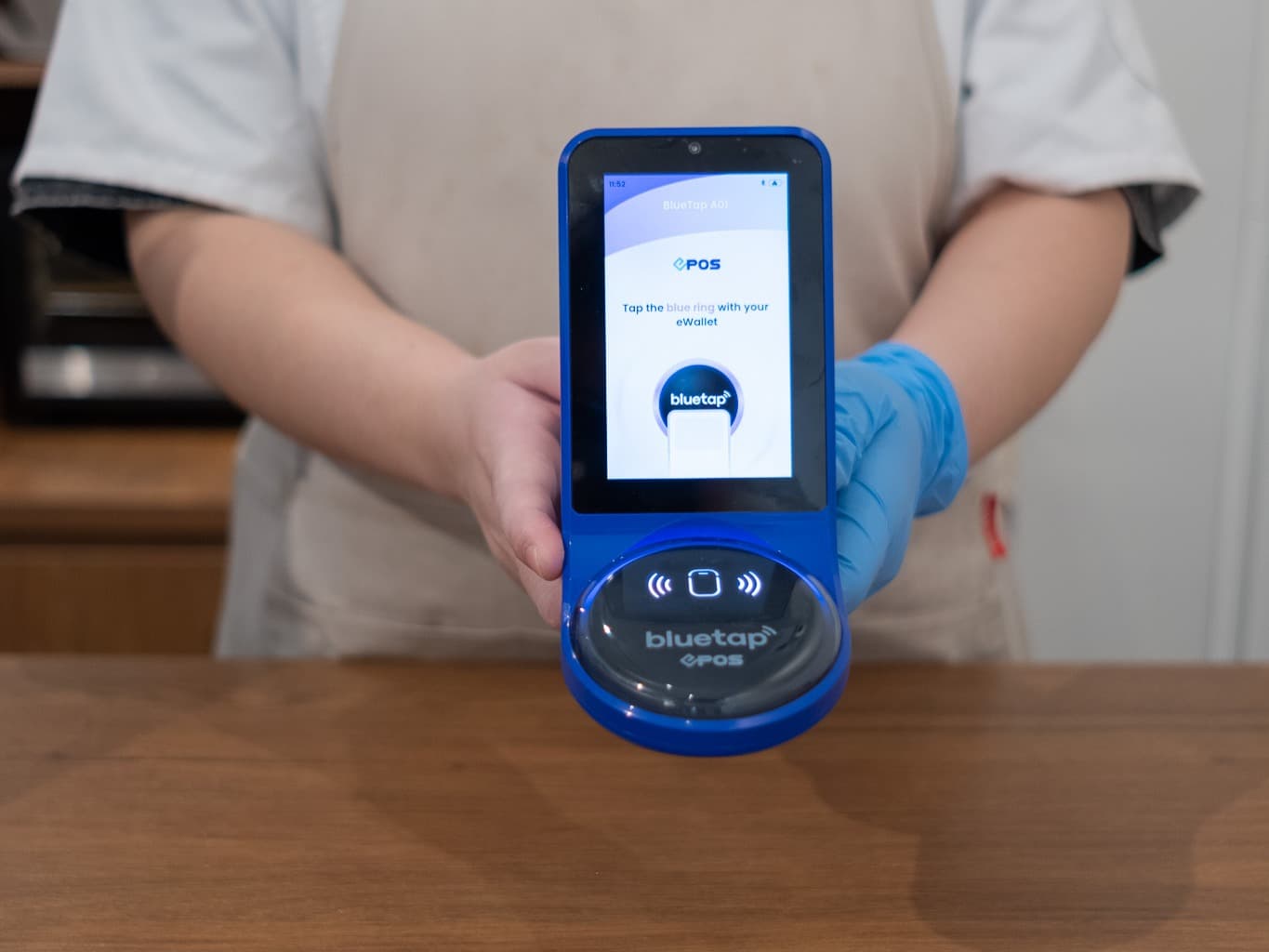
In 2020-21,350 Video Games Tax Relief claims were made totalling more than £180 million. As the industry continues to grow, video games developers could unknowingly be sitting on a goldmine that could help their business level up. It’s in the form of Video Games Tax Relief.
What is Video Games Tax Relief?
VGTR forms part of a suite of wider Creative Tax Reliefs. It’s offered as a financial support from the government to encourage video game innovation as a way of strengthening the economy.
Video games development is typically a costly process, and VGTR is a great way for UK-based studios to offset a hefty amount of financial risk.
Although the relief has been around for some years, far too many games development companies still haven’t heard of it. And with costs rising, it’s a huge opportunity to miss out on – especially as the rewards can be substantial.
How much is VGTR worth?
Essentially, VGTR provides an additional Corporation Tax deduction of 80% of the total core expenditure on eligible expenditure. If, after the enhanced VGTR deduction has been applied, there’s still a loss for tax purposes, this can be surrendered for a 25% tax credit. So in practice, a profitable company can claim a tax credit of 15p for every £1 it spends on qualifying core expenditure. Loss-making companies can claim 20p for every £1.
How can the resulting cash be spent?
Any way you like! But many developers plough it back into further innovation, getting more projects off the ground to help them compete in a global marketplace.
Who can claim Video Games Tax Relief?
Being a Corporation Tax relief, any UK company developing one or more video games can claim VGTR.
The rebate is administered via a company’s Corporation Tax return, although only one claim per game can be made. Only limited companies will therefore qualify, so unfortunately sole traders, partnerships and other entities are not eligible.
Some more facts to know about VGTR
- The video game must be for public supply.
- At least 25% of the core expenditure must be EEA expenditure.
- The video game cannot be for gambling, promotional or advertising purposes. It also must not contain any extreme or pornographic material.
- Only one company per game can apply for VGTR. Where there is more than one, the company most directly engaged in eligible activities should make the VGTR claim.
- Video games must be classified as British. This is done by passing the BFI’s Cultural Test.
What’s the Cultural Test?
The Cultural Test is administered by the British Film Institute. It’s a points-based test where you need a score of 16 points out of a possible 31 to pass.
The test is divided into four sections as follows:
Cultural content: 16 points available
This looks at how “British or European” a video game’s content is. Points are given for a video game where:
- The main characters are British or from the EEA (or they’re from an undetermined location such as a fantasy land)
- The dialogue is mainly in English (or one of the UK’s six indigenous minority languages)
- The subject matter is mainly British or European The game’s setting is a UK or EEU country (or a fictional world/undetermined location)
Cultural contribution: 4 points available
This section considers how the video game fits with British culture. This is about demonstrating any elements to do with British culture itself, cultural diversity, British creativity and/or British heritage.
Cultural hubs: 3 points available
This section offers points in relation to the video game’s development facilities. Points are given where UK-based facilities have been used for storyboarding, conceptual development, design, programming, audio production, voice recording or music recording.
Personnel: 8 points available
Finally, the Personnel section of the Cultural Test looks at the creative input people have had into the video game. Points are allocated where those living in the UK or EEA have key roles in the game’s development. So this could be the scriptwriters, coders, artists, programmers, designers and composers for instance.
How to apply for Video Games Tax Relief
First you’ll need to work out if your video game is loss-making or profit-making. This will then definewhether your VGTR claim will be used to reduce your tax billor should be surrendered as a loss for a cash lump sum.
HMRC is very specific in the way the taxable profit and loss of a Video Games Development Company (VGDC) should be calculated. There are also strict rules about how a loss can be used, and these will vary depending on whether work on the video game has finished and trade has ceased.
To give their claim the best chance of success, many companies use the services of a VGTR tax relief specialist to make and submit a VGTR claim. Not only does this give the best chance of success first time, but also means claims can be optimised for maximum relief back.
With potentially thousands of pounds at stake even for the smallest VGTR claims, it’s well worth looking into. You could even super-charge your award by claimingR&D Tax Credits at the same time.


